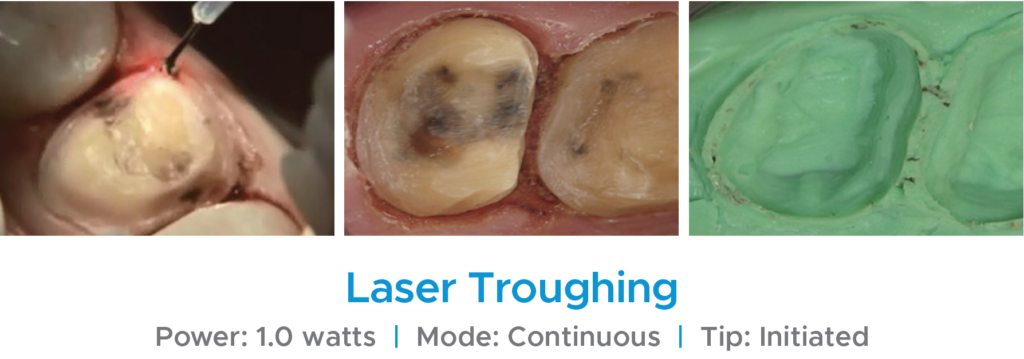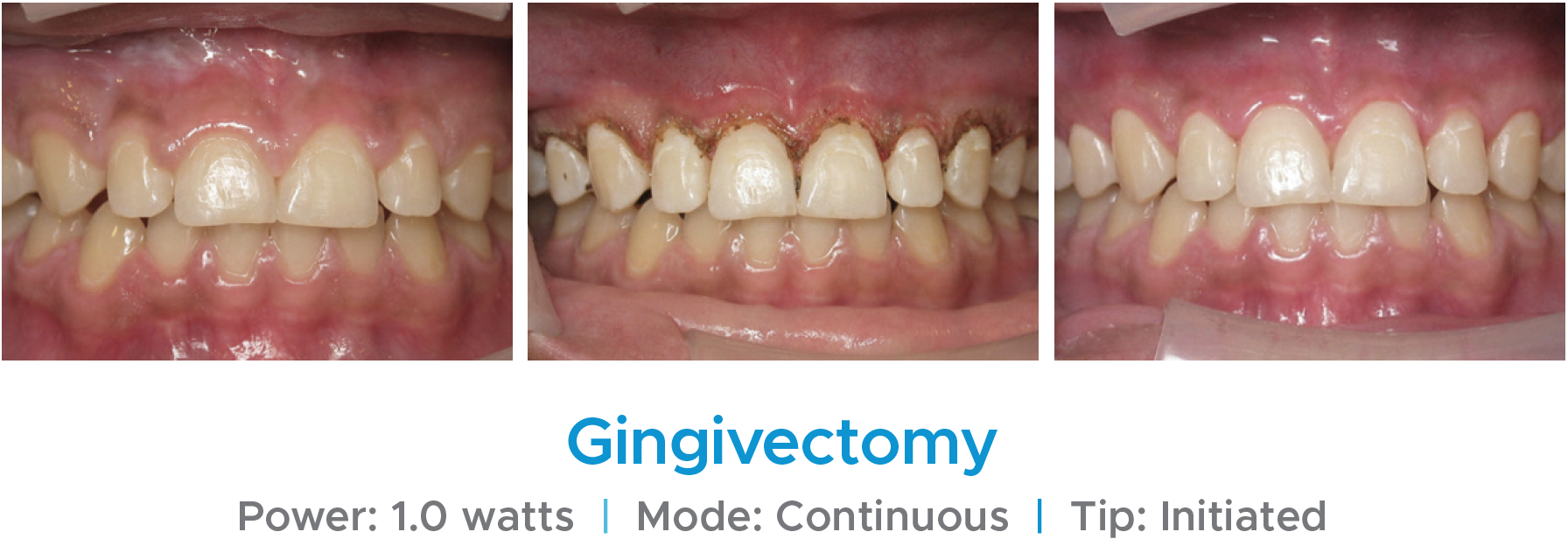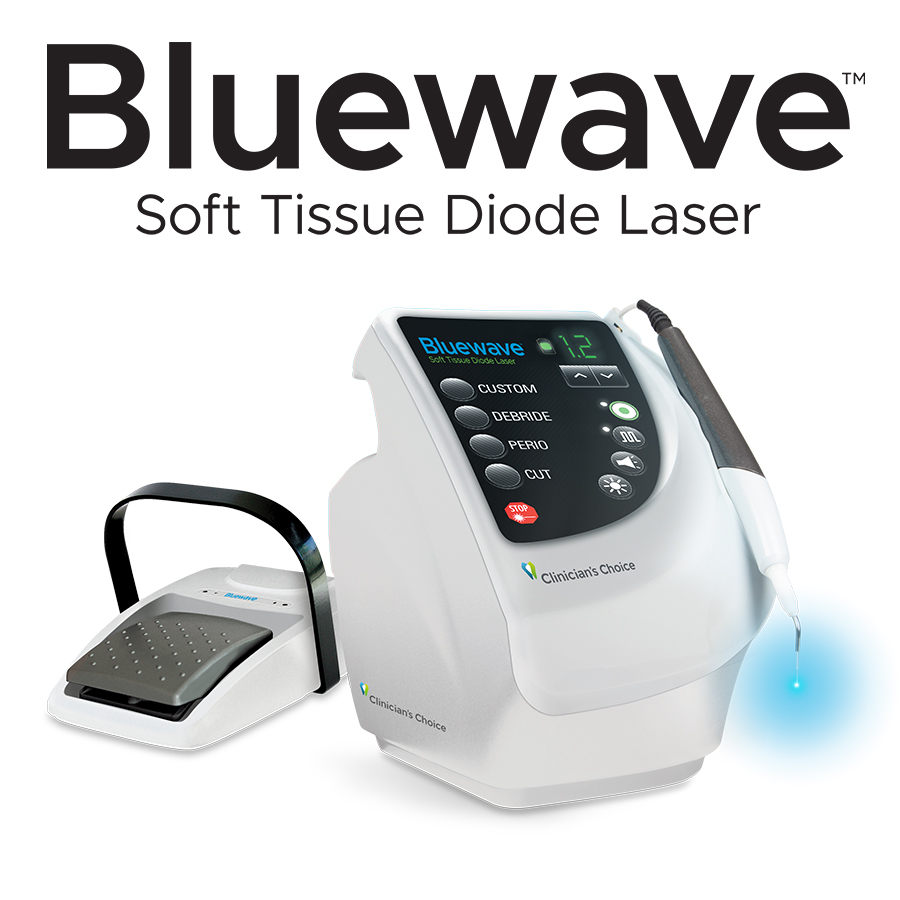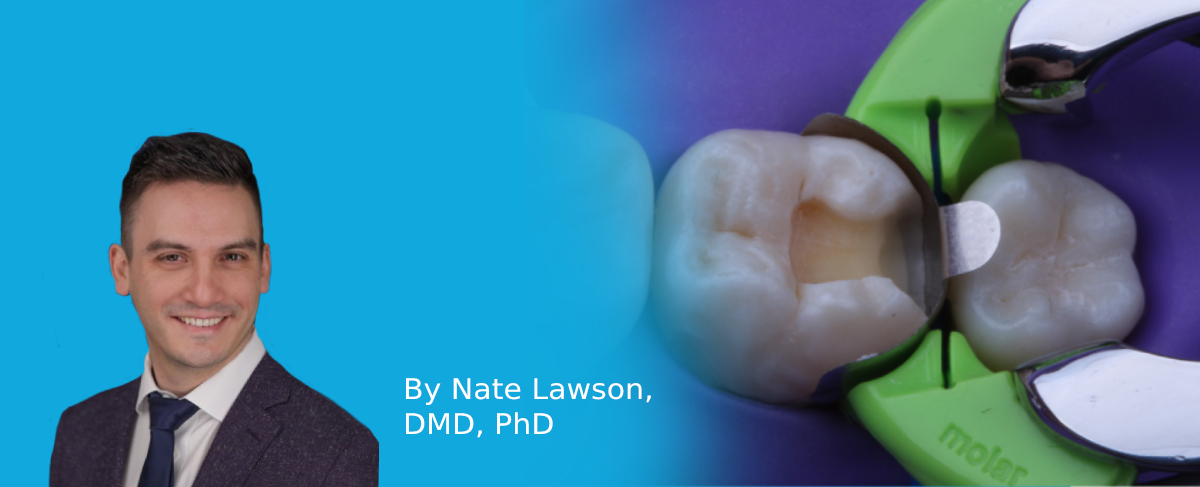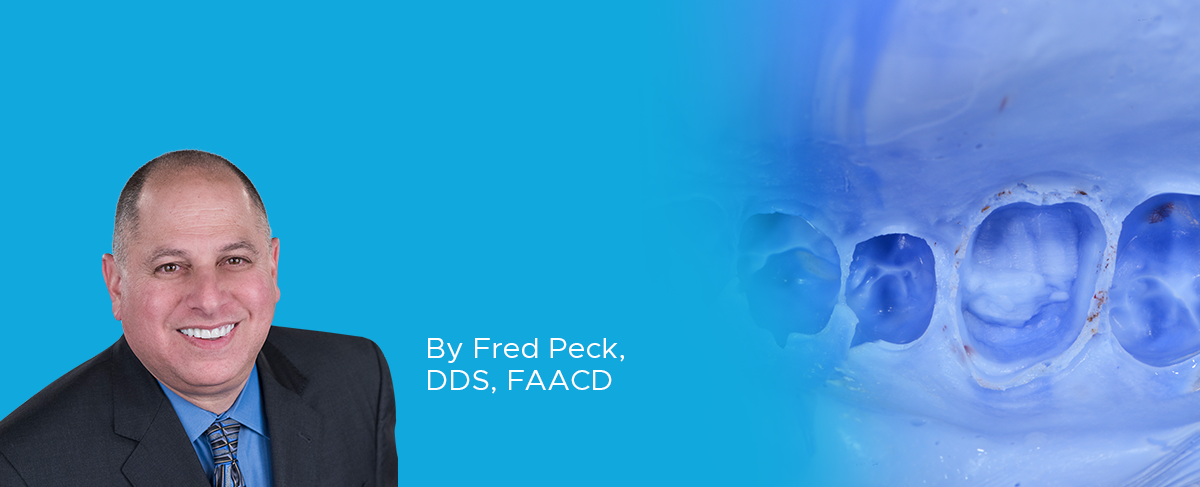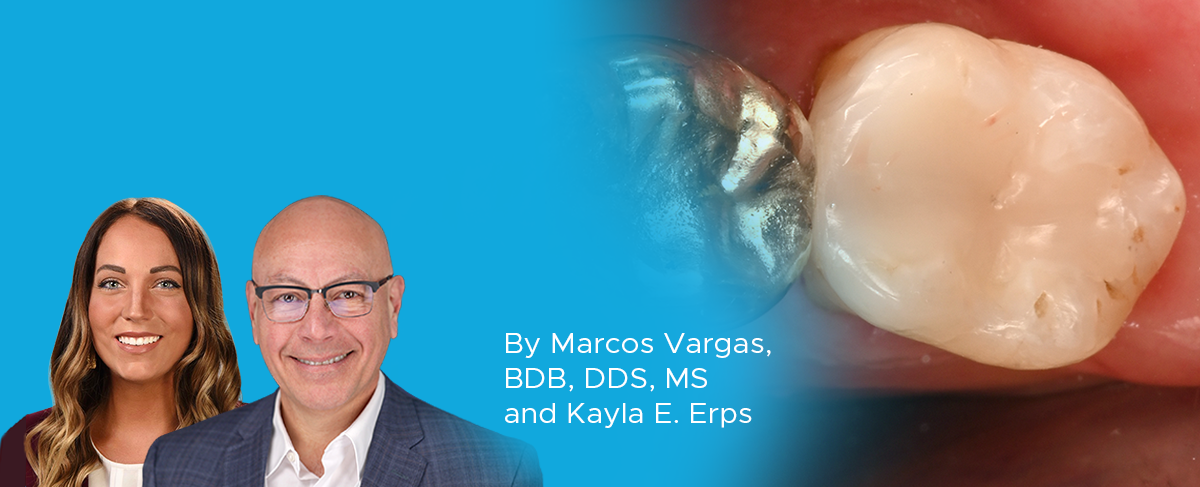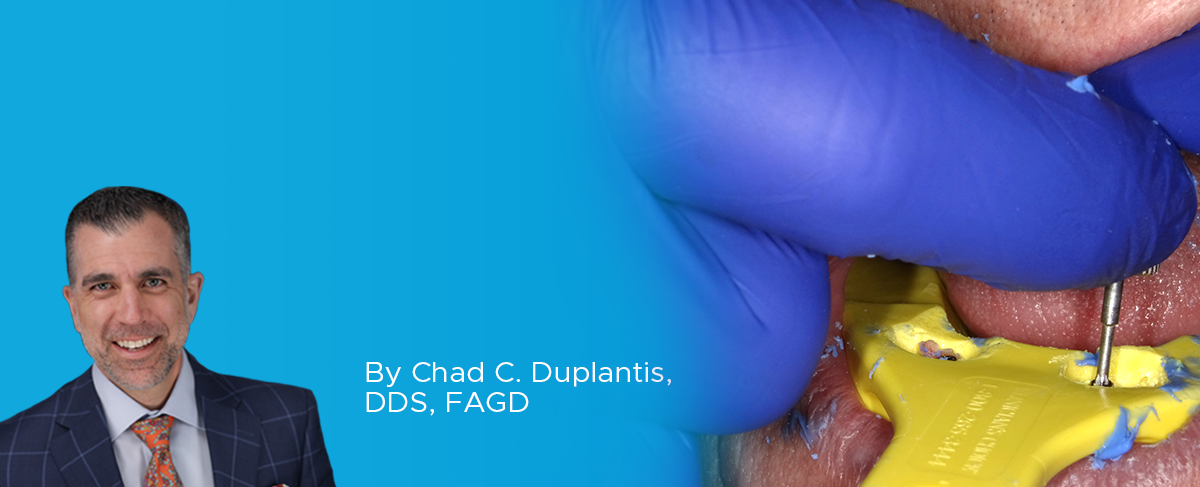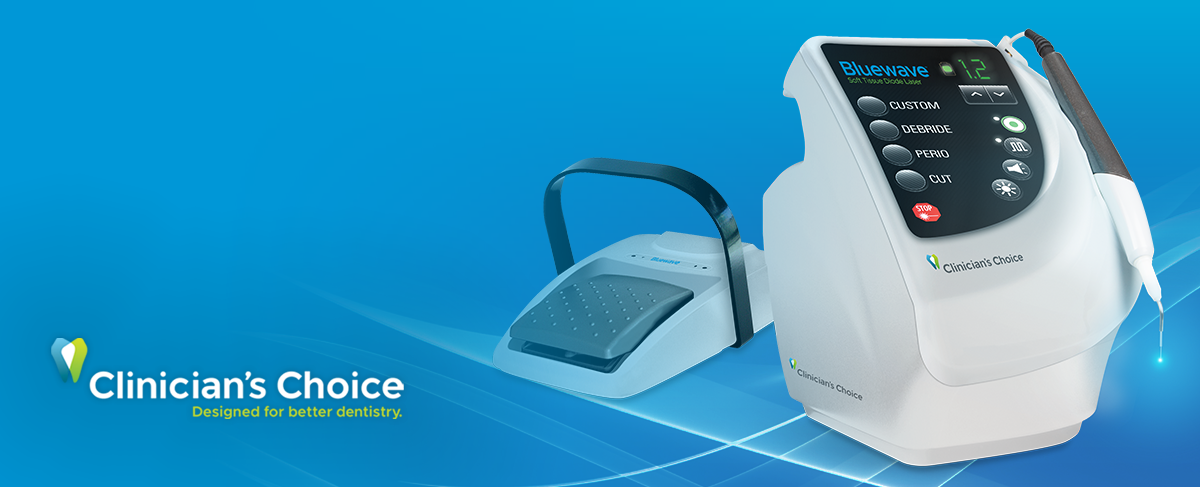
Choosing A Laser: What Features Should You Consider?
Having the right technology in your office is essential for running an efficient, state-of-the-art dental practice. In some cases, it can mean the difference between referring a patient to a specialist and being able to deliver same-day-dentistry in the environment where your patient is most comfortable. On the business side, the cost of this additional technology must be weighed against its return on investment and the speed at which this occurs. From the clinical perspective, consider what advantages this technology will bring for the clinician and the patient, and how will it improve the procedural outcome.
Soft tissue surgery frequently gets referred to a periodontist or an oral surgeon. There may be a reluctance to provide these treatments in-office, as they often involve the use of a scalpel and sutures, with the real possibility of post-operative discomfort. Additionally, these procedures frequently require subsequent follow-up appointments. Although an electrocautery device can speed up certain procedures, it is not without its clinical challenges. The obvious alternative to both the scalpel and electrocautery, or having to refer patients elsewhere, is a soft tissue laser. This technology has been around for many years and thankfully the costs of purchasing a laser have decreased considerably since their introduction. Understanding your particular needs for soft tissue laser therapy helps to narrow your choices.
WAVELENGTH
One of the first considerations to be made when choosing a soft tissue laser is its wavelength. Different types of lasers operate at different wavelengths, producing varying results. The Bluewave™ Soft Tissue Diode Laser from Clinician’s Choice® operates at 810nm, where it has a high affinity to hemoglobin and melanin, which is ideal for oral soft tissue while rendering it safe to use around implants and won’t affect bone.
POWER
Available power is another factor that depends on how you intend to use your laser. Bluewave has two modes of operation: pulse and continuous wave, at 5W and 3W respectively. Not only is this more than enough power, its rechargeable, lithium ion-battery maintains this power-level for up to three hours of continuous use on one charge. Cordless operation, along with its lightweight (2.55 lbs), and built-in handle, makes Bluewave truly portable, allowing the clinician to move between operatories with ease.
EASE OF USE
The versatile Bluewave diode laser performs a wide range of soft tissue procedures. Bluewave’s easy-to-use display includes three category pre-sets (debride, perio, and cut) and one custom setting for individual user preferences. While a scalpel can be deftly manipulated in the skilled hand, it will always require the control of bleeding and suturing of the wound, and will often lead to post-operative inflammation and pain. While producing less hemorrhage, electrocautery results in deep and wide zones of necrosis leading to charring, slower healing and recession, and cannot be used safely around dental implants. The Bluewave laser easily replaces the scalpel and the electrosurgery unit.
VERSATILITY
The Bluewave laser cuts tissue, coagulates blood vessels, cauterizes nerve endings, and sterilizes the surgical site all at the same time, producing a more predictable surgical result with faster and more comfortable healing. In many cases, definitive restorative treatment can take place at the same appointment. With an uninitiated tip, non-surgical applications such as laser-assisted periodontal therapy, laser bacterial reduction, and sulcular debridement can enhance and expand the scope of in-office periodontal procedures offered.
VISIBILITY
Adding even more precision to the procedure, Bluewave’s unique blue-aiming light contrasts better in blood and intraoral tissue than the common red-aiming light found in the majority of other lasers. The disposable 4mm standard and 9mm perio tips are easily placed on and removed (no time-consuming stripping and cleaving), and a wireless foot pedal minimizes clutter around the operator, making set-up easy, even for unanticipated use.
COST
The Bluewave Soft Tissue Diode Laser is one of the most affordable soft tissue lasers on the market. Its versatility and portability create great value for the practice and ensure a high return on investment in a short time through expanded services, more predictability, and time-saving procedures, as well as limiting the number of referrals to specialists. Practices can expect incremental revenue from increased services and case acceptance, while patients benefit from proven technology that places their comfort and the quality of treatment as a priority.
By using the Bluewave diode laser, practitioners are able to obtain bloodless impressions with clearly exposed margins within seconds, eliminating the need to pack cord. Lasing improves visualization of prepared crown margins and aids in hemostasis, resulting in a more accurate impression.
Removal of hyperplastic tissue can be done quickly and effectively without the use of sutures or scalpels. Final impressions for restorations can be completed in the same appointment, leading to predictable results with no additional patient discomfort.
Products Mentioned in this article
More Clinical Articles
Ask the Expert: An Interview with Nate Lawson, DMD, PhD on Sectional Matrix Systems
By Nate Lawson, DMD, PhD
What is the advantage of using sectional matrices over circumferential matrices for composite restorations?
Maximizing Impression-Taking Efficiency and Accuracy
By Fred Peck, DDS, FAACD
Obtaining a patient’s dental impression can present many challenges. One must keep the area free of saliva and blood, have good access to margins and often deal with a variety of viscosities of impression materials, that must be mixed and injected simultaneously to obtain an accurate impression.
Simplifying the Class II Composite with Bulk Fill: Efficiency Without Compromise – Clinical Article
By Marcos Vargas, BDB, DDS, MS & Kayla E. Erps, Senior Dental Student, University of Iowa
While restoring the posterior dentition, natural proximal contours, contact size, position and shape are integral to the function and longevity of both the restoration and remaining tooth structure. Composite dentistry has progressed to the point where restorations disappear into the surrounding tooth structure yet despite considerable improvements in both technique and materials, inconsistent results continue to be a challenge for many clinicians.
Simplifying the Process of Full Arch Implant Impressions Without Compromise to Accuracy – Clinical Article
By Chad C. Duplantis, DDS, FAGD
Implant impressions can create undue stress in the mind of a clinician. This is especially true for full arch implant impressions as these demand an incredible amount of accuracy and minimal room of error. Prior to taking these impressions, the clinician must answer a few questions: What type of impression material should I use? Should I take an open or closed tray impression? What trays are available to help me accomplish the best impression possible?

